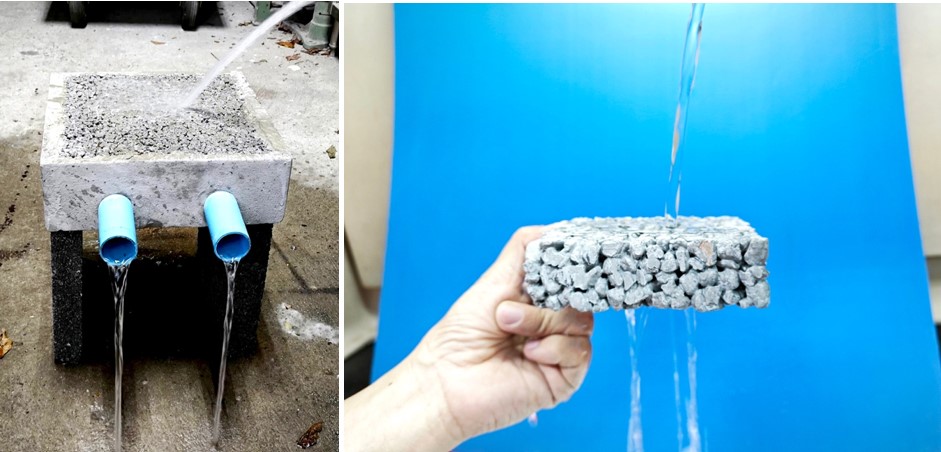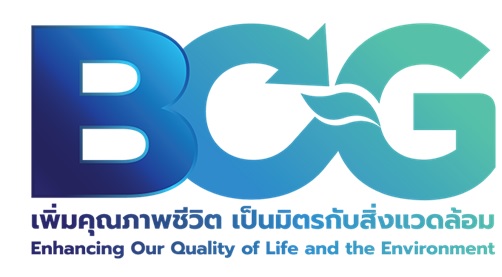In the tile industry, defective products account for 5-10% of the total production. These faulty products are crushed before being disposed in landfills. To find a better use of these defective tiles, MTEC-NSTDA, in collaboration with Kenzai Ceramics Industries, initiated a project to develop a manufacturing process for pervious concrete - a special type of concrete with a high porosity - using defective tiles. The project was financed by the Innovation and Technology Assistance Program (ITAP) of NSTDA.

Mr. Witaya Shongkittikul, a researcher from the Eco-ceramic and Geopolymer Research Team, explained that Kenzai Ceramics Industries was interested in this upcycling project because the company aimed to utilize a large quantity of defective tiles accumulated over the years while introducing a new green product.
To transform defective tiles into pervious concrete, flawed tiles are processed into a specified particle size. These materials were then shaped into final products using specially designed formulas to give the finished product high strength, durability, and water permeability.
Three formulations were developed for the manufacturing of pervious concrete, corresponding to three types of faulty tiles used as raw materials: unglazed tiles, glazed tiles, and natural stone. Tests have demonstrated that the strength, density and water permeability of the pervious concrete produced through this process meet the required standards. Pervious concrete allows water from precipitation and other sources to pass directly through, thereby reducing flooding and dissipating heat. It can be used in various applications, such as footpaths, landscaping, or areas with drainage systems.
While the use of porous concrete is not yet widespread in Thailand, it has been used extensively in many countries, with applications ranging from sports fields to roads and parking lots. In some instances, porous concrete is laid over gravel to provide additional filtration layer, allowing collected water to be reused. In other cases, products are designed as solid concrete blocks equipped with drainage pipes to direct water flow.

“Using porous concrete for the swimming pool deck would allow water to filter through the surface, getting collected and recirculated,” added Witaya. It can also serve as wind barriers.
This technology has been transferred to Kenzai Ceramics Industries. The company is currently designing products to meet market needs and preparing the production process.
Transforming faulty tiles into pervious concrete can reduce the use of natural raw materials, contributing to sustainability. This project exemplifies the circular economy, which is one of the three pillars of the Bio-Circular-Green Economy (BCG) national agenda.

